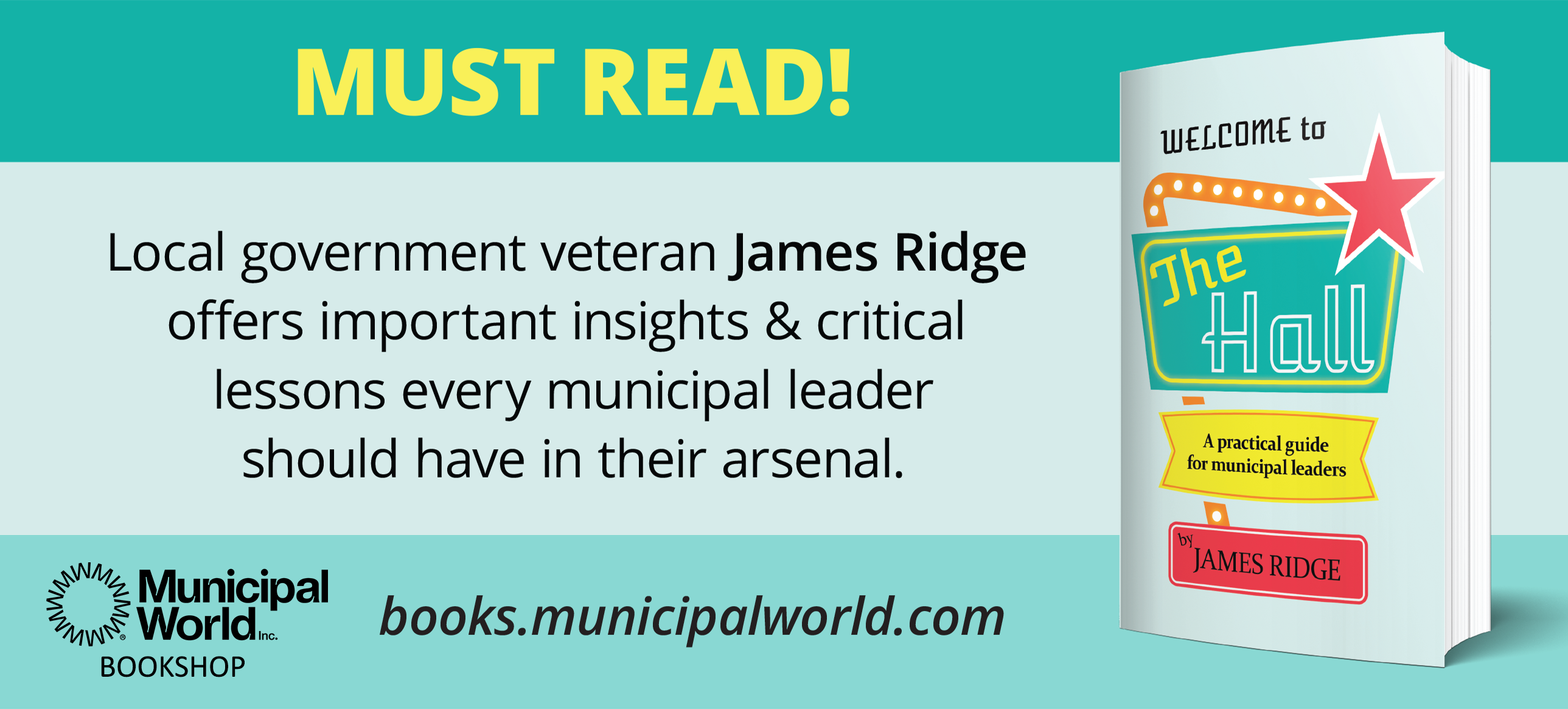Regulatory changes prioritize municipal asset management planning

Municipal asset management is a significant topic for all communities, particularly as new regulations were adopted in 2017 that significantly increase commitments around planning for the management of local assets.
At the 2019 Ontario Good Roads Association conference, delegates were provided with a variety of perspectives on the new regulation. Providing their perspectives were: Matthew Wilson, senior policy analyst for the Ministry of Infrastructure, who provided a primer on the topic; Joanne Vanderheyden, from Strathroy-Caradoc, who spoke about small municipality perspectives; and Dharmen Dhaliah, from Halton Hills, who offered perspectives on developing a strategic asset management policy.
What Every Community Leader Needs to Know
Wilson gave a succinct overview of some key points, including how Asset Management Planning for Municipal Infrastructure legislation was adopted in December 2017. Creation of the legislation was in response, he explained, to municipalities owning a large amount of infrastructure that is critical, but ageing, as well as at-risk service levels. The goal was to integrate strategic planning with budgeting and long-term financial planning to ensure municipal infrastructure is protected into the future.
Prior to 2012, less than 40 percent of municipalities had an asset management plan – today, that number is almost 100 percent. The timing is no coincidence, as the deadline for phase one of the implementation – wherein an asset management policy must be in place – is July 2019. Subsequent phases of the rollout will require detailed plans, including costing, lifecycle management, and a host of other topics, will be implemented in full by July 2024.
For many communities, Wilson said it’s going to be a lot of work to get there. Fortunately, municipalities under 25,000 people will have certain exemptions from reporting that will make the requirements slightly less onerous.
That said, he added there are benefits to this process. Wilson cited several key examples of communities that were able to cut costs through optimization efforts tied to this planning and reporting. Examples included Brantford, Brampton, and Wawa, who were able to join forces with nearby communities to hire asset management coordinators to serve a larger geographic region. There is a belief, he explained, the province is working on a reduction of the burden on communities in the future.
Wilson also cited three resources for those needing more information: Asset Management Ontario, the Municipal Finance Officers’ Association of Ontario, and the Government of Ontario website. Between those resources, he said, there is foundational information and toolkits available to help municipalities through the process.
A Small-Town Approach
Strathroy-Caradoc Mayor Joanne Vanderheyden, who is also third vice-president of the Federation of Canadian Municipalities, spoke on her community’s experience with asset management. Strathroy-Caradoc is a lower-tier municipality and faces challenges with regards to asset management.
Both the lower- and upper-tiers, she said, need to play a role in asset management. Her example cited a review and upgrade of the town’s main street, which was accomplished through a joint effort between multiple governments.
As for the challenge of asset management, she said there was no way to evaluate assets at the same time. Instead, they are to be evaluated individually and given an aggregate assessment of the entirety of the municipality.
Money is a constant challenge for municipal asset management, regardless of their size.
In 2013, when Strathroy-Caradoc did its assessment, most assets were found to be in good condition. However, there was still $50 million in assets due for replacement. To raise funds, she explained, there’s a constant need to apply for grants, to consider how to use taxes, user fees, development fees, etc., to ensure the most bang for the buck.
Therefore, Strathroy-Caradoc decided to use money from growth to invest into the plan. It was a way to use the money in a productive way, given a local commitment to spend at least two percent of the budget on issues in the asset management plan.
In short, she said, small communities are going to face challenges. That said, it’s necessary to overcome these challenges, as tackling the project in a determined way, and keeping a close eye on finances, is crucial to success.
Developing a Strategic Asset Management Policy
Dhaliah emphasized the need for a well-developed, coherent policy in relation to strategic asset management, adding that the days of individuals simply doing their best isn’t going to cut it. The whole point of asset management is going from unfocused to focused and that requires things like coordination, alignment, integration, and collaboration.
His quote, “You cannot execute a plan without a policy, and you cannot execute a policy without a strategy,” served as a foundation for this approach.
Some of the foundational recommendations he made were that every policy needs to be based on principles. He suggested it was important to focus on value, alignment, leadership, and assurance, with sub-principles to help build them out.
He cited some of Halton Hills’ principles in his example, including: a focus on fact-based decision making, whole lifecycle perspective, and innovation, among others.
Further, Dhaliah emphasized that drafting the policy was a process. Once data has been gathered and a framework develop, he said it’s vital to give stakeholders a chance to review and provide input on the document. He cited the Halton Hills experience where a network team led to a steering committee, which forwarded things to the senior management team, before the final product reached council in July 2018.
The understanding, he explained, is this will take time, but the value the underlying policy can bring in terms of standardization and direction is invaluable. One of Dhaliah’s key points is the policy needs to be a living document – it must be used, be available to everyone, and be regularly communicated and updated for it to work.
Dhaliah’s closing argument was implementation requires strategy, and strategy requires policy. Without it, he said, municipalities run the risk of poor asset management due to poor implementation. MW
You might also be interested Doug Griffiths’ article: It’s all about the infrastructure – making smarter investments for the future. Note that you can now access the complete collection of past articles (and more) from your membership dashboard.
Related resource materials:



